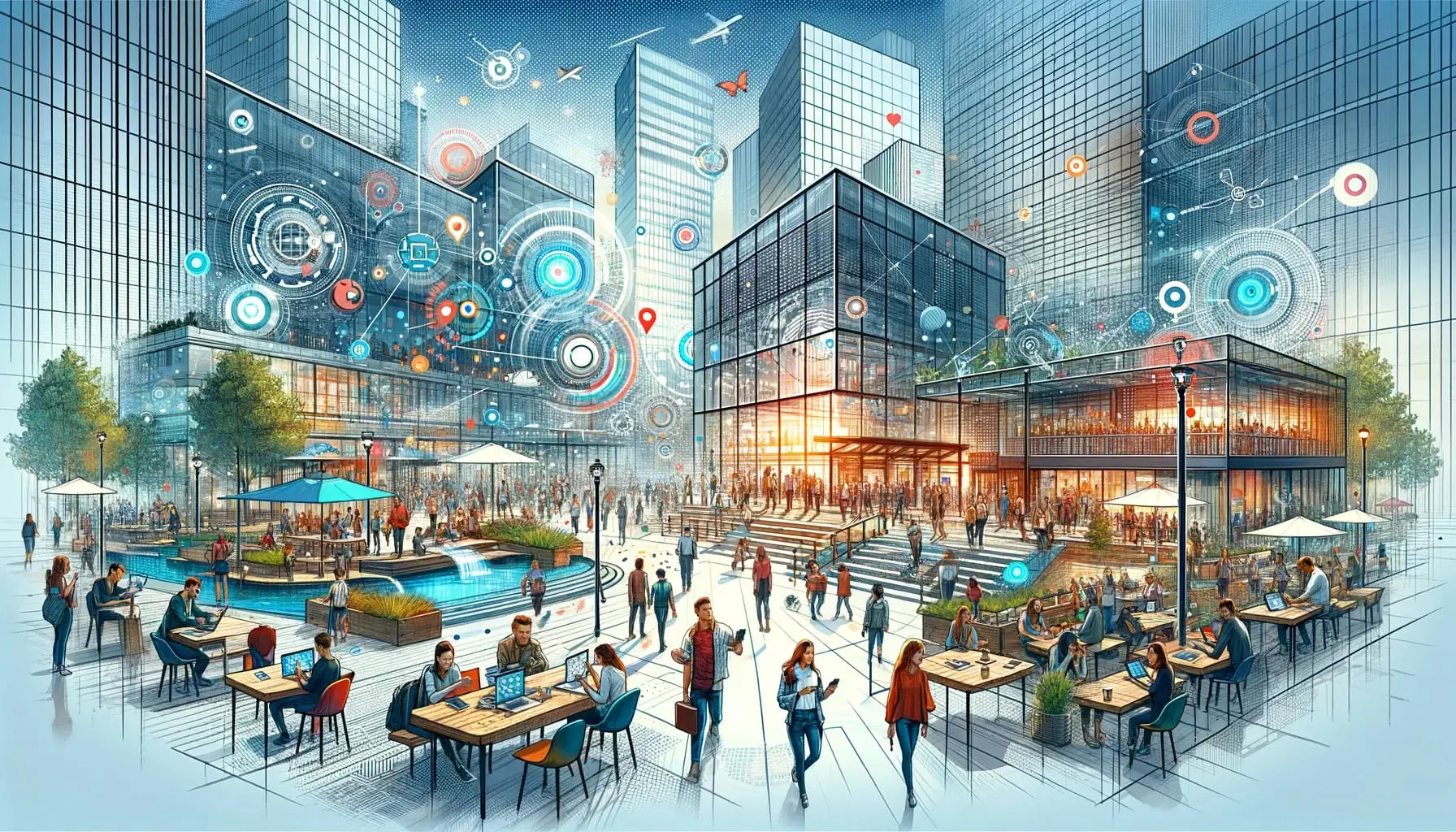Digital Revolution: How Technology is Reshaping Our Third Places

Introduction
In an era where technology is ubiquitous, the concept of "Third Places" – social environments separate from home (first place) and work (second place) – is undergoing a significant transformation. With digital advancements shaping our interactions, the way we experience and perceive these communal spaces is changing.
The Evolving Landscape of Third Places
Historically, Third Places like cafes, parks, and community centers have been physical locations where people gather to socialize, unwind, and build community bonds. However, the rise of digital technology, especially social media and mobile connectivity, has blurred the lines between physical and virtual spaces. While this shift offers unprecedented opportunities for connection, it also poses challenges in maintaining the authenticity and communal spirit of Third Places.
Flockx: A Bridge Between Digital and Physical
We are at the forefront of addressing these challenges, offering innovative solutions that merge digital convenience with the essence of physical community spaces. By leveraging location data, Flockx helps users discover active physical Third Places relevant to their interests. For instance, we played a crucial role during ArtPrize in Grand Rapids by connecting artists and art enthusiasts with Third Places around the city. This fusion of technology and physical space enhances community engagement and enriches the Third Place experience.
Merit Systems and Enhanced Experiences
We employ a merit system where users gain reputation points within their interest-based communities (flocks) by participating in activities at Third Places. This system not only encourages physical socialization but also adds a layer of gamification and recognition to the experience. In future implementations, augmented reality (AR) and other digital enhancements at Third Places are envisioned, further enriching the user experience.
Security and Privacy Considerations
As we integrate digital technology with physical spaces, security and privacy are key. We anonymize user location data, ensuring personal information remains private. The platform adheres to ISO27k and SOC2 compliance standards, reflecting a commitment to robust security practices. We also collaborate closely with AI technology teams like Fetch.AI and WebAI.com with an aim to empower users with control over their data.
Challenges and Solutions
Despite these advancements, we still face challenges like the 'cold start problem' – where new users find empty maps due to a lack of active user data. To address this, we combine historical and upcoming activity data to predict probable Third Places. Additionally, our digital out-of-home integration utilizes digital displays around town to inform community members about their flock's current Third Place, fostering more concentrated user activity.
Vision for the Future
Looking ahead, we envision Third Places as dynamic, transient spaces reflecting our increasingly nomadic lifestyles. Digital ecosystems will complement these physical Third Places, allowing users to share their experiences and connect with Third Place owners for enhanced interactions. The future of Third Places lies in their ability to adapt and evolve with technology, and we are leading the way in this digital revolution.
Conclusion
As technology continues to reshape our world, the evolution of Third Places is inevitable. Our approach, which blends the digital with the physical, showcases a model for community engagement in the digital age. By embracing technological advancements while preserving the essence of communal spaces, we are redefining how individuals and their communities interact for a modern, connected society.